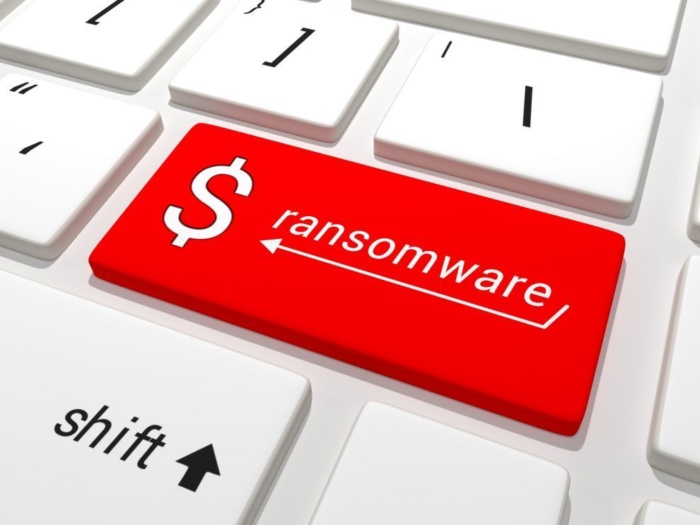 _________________________________
_________________________________


 “In towns and cities... there is no more important institution than the local paper.”
Warren Buffett
“In towns and cities... there is no more important institution than the local paper.”
Warren Buffett

July 12, 2019, 2:40 PM
BY BRIAN HEWS
Hews Media Group-Los Cerritos Community News has obtained an email that indicates the Montebello Unified School District computer system has been infected by a virus, causing a shut-down of the entire system.
One source told HMG-LCCN that the virus could be Ransomware.
Ransomware is a type of malicious software, or malware, designed to deny access to a computer system or data until a ransom is paid. Ransomware typically spreads through fishing emails or by unknowingly visiting an infected website.
The alert email was sent Thursday, July 11 at 7:34 PM from MUSD and stated, “the district network is currently under cyberattack and most of the services, such as file sharing, network applications, nutrition’s PCS SchoolCity, Synergy, etc., have been shut down. This will continue throughout most of the day tomorrow as we will continue work with our vendors to illuminate the virus. Email and Internet should be fully functional.
HMG-LCCN confirmed this afternoon that the MUSD system remains shut down.
According to Symantec, Ransomware can come in many shapes and sizes. Some variants may be more harmful than others, but they all have one thing in common: a ransom. The five types of ransomware are:
Ransomware remains a popular means of attack, and new ransomware families are discovered every year. Reported attacks in the U.S. dropped from 2,673 in 2016 to 1,783 in 2017.